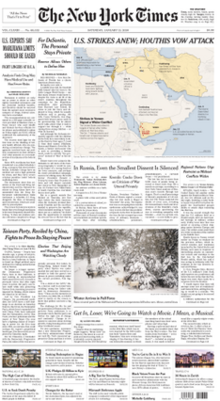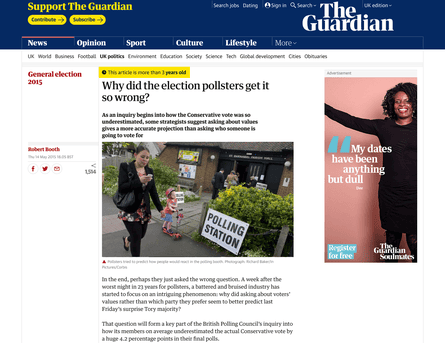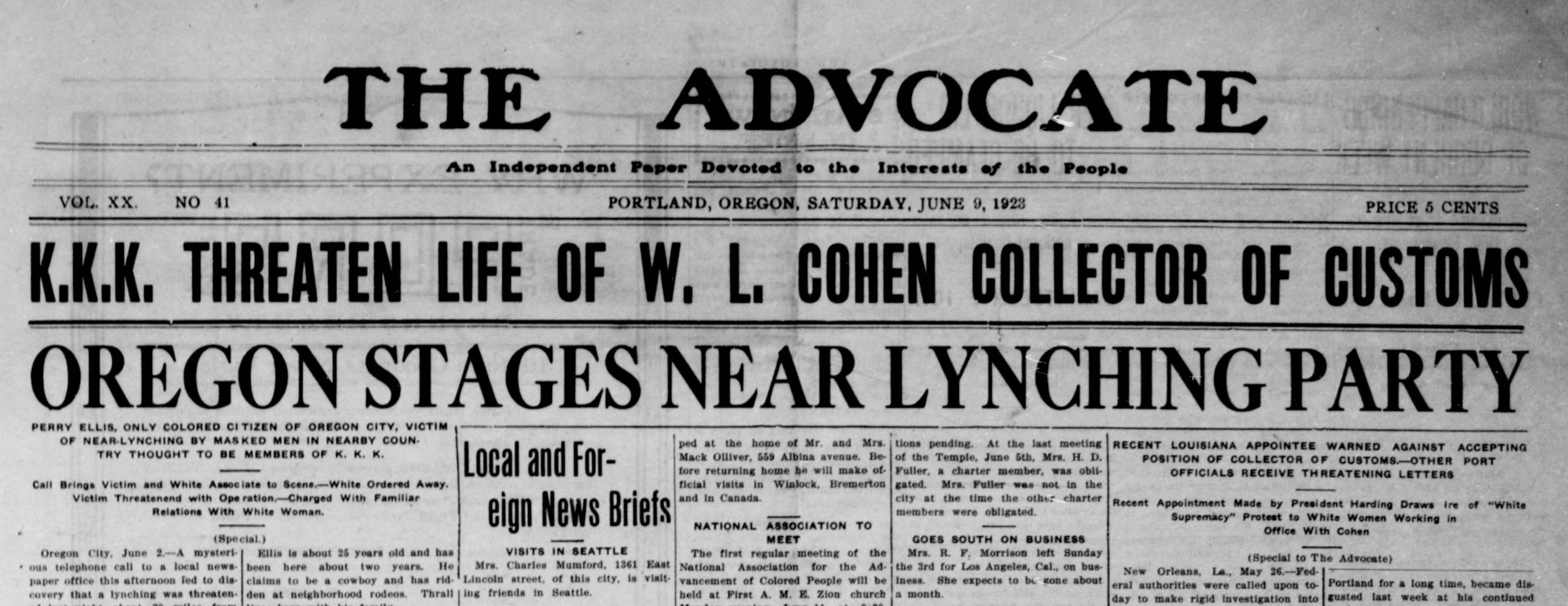Unknown Facts About News Articles
Unknown Facts About News Articles
Blog Article
9 Simple Techniques For News Articles
Table of ContentsHow News Articles can Save You Time, Stress, and Money.The 9-Minute Rule for News ArticlesThe 2-Minute Rule for News ArticlesThe 8-Minute Rule for News ArticlesIndicators on News Articles You Should Know
Good expertise of various subjects gives trainees a competitive edge over their peers. Although digital and social media are conveniently obtainable, we need to not fail to remember how vital it is to check out the papers. Parents must attempt and instill the practice of reviewing a paper as a day-to-day routine to continue the heritage of the adored print medium.Information tales also contain at the very least one of the adhering to crucial features family member to the designated target market: proximity, importance, timeliness, human passion, anomaly, or repercussion.
Within these limitations, newspaper article additionally aim to be comprehensive. Other aspects are involved, some stylistic and some obtained from the media kind. Among the larger and much more revered newspapers, fairness and balance is a significant factor in providing information. Discourse is normally constrained to a different section, though each paper might have a different overall slant.
Newspapers with an international target market, for instance, tend to make use of a much more formal design of creating. News Articles.; common design overviews consist of the and the United States News Design Publication.
News Articles - An Overview
Generally, journalists will not utilize a long word when a short one will certainly do. They use subject-verb-object building and vibrant, energetic prose (see Grammar). They supply narratives, instances and metaphors, and they seldom depend upon generalizations or abstract concepts. Information writers attempt to prevent making use of the same word greater than once in a paragraph (in some cases called an "resemble" or "word mirror").
Nonetheless, headings in some cases leave out the topic (e.g., "Jumps From Watercraft, Catches in Wheel") or verb (e.g., "Cat female lucky"). A subhead (additionally subhed, sub-headline, subheading, subtitle, deck or dek) can be either a subordinate title under the primary heading, or the heading of a subsection of the short article. It is a heading that precedes the main text, or a group of paragraphs of the primary text.

Added billboards of any of these kinds may show up later on in the post (specifically on succeeding web pages) to entice further reading. Such billboards are additionally used as reminders to the write-up in various other areas of the magazine or website, or as ads for the item in other magazine or sites. visit Common framework with title, lead paragraph (summary in bold), various other paragraphs (information) and contact info.

Instance of a hard-lead paragraph NASA is recommending one more area project. The company's budget plan request, introduced today, consisted of a strategy to send an additional objective to the Moon. This time around the agency wishes to develop a long-term facility as a jumping-off place for other area experiences. The budget plan requests about $10 billion for the job.
An "off-lead" is the 2nd most crucial front page information of the day. To "hide the lead" is to begin the post with background info or information of additional relevance to the viewers, requiring them to read even more deeply right into a short article than they need to have to in order to uncover the necessary points.
Some Known Details About News Articles
Usual usage is that one or 2 sentences each form their very own paragraph. Reporters normally explain the company or structure of a newspaper article as an inverted pyramid. The essential and most intriguing aspects of a tale read here are put at the beginning, with sustaining details adhering to in order of lessening importance.
It enables individuals to explore a topic to just the deepness that their curiosity takes them, and without the imposition of details or subtleties that they might think about irrelevant, however still making that details available to more interested visitors. The upside down pyramid structure also enables write-ups to be cut to any approximate size throughout design, to suit the area readily available.
Some writers start their tales with the "1-2-3 lead", yet there are lots of type of lead available. This layout inevitably begins with a "Five Ws" opening up paragraph (as defined over), complied with by an indirect quote that offers to sustain a significant aspect of the very first paragraph, and after that a direct quote to support the indirect quote. [] A twist can refer to multiple points: The last story current broadcast; a "happy" story to finish the show.
Longer articles, such as publication cover write-ups and the items that lead the within areas of a newspaper, are understood as. Feature stories vary from straight news in a number of means. Foremost is the lack of a straight-news lead, a lot of the time. Rather than using the significance of a story up front, feature authors might try to draw visitors in.
Little Known Facts About News Articles.
An attribute's initial paragraphs often relate an interesting moment or event, as in an "unscientific lead". From the particulars of a person or episode, its view promptly expands to generalities about the tale's subject.

The Editor's Toolbox: A Recommendation Guide for Beginners and Professionals (2001) Allan M. Siegal and William G. Connolly. The New York Times Guidebook of Design and Use: The Official Design Overview Used by the Writers and Editors of the World's The majority of Reliable Newspaper (2002) M. L. Stein, Susan Paterno, and R.
Report this page